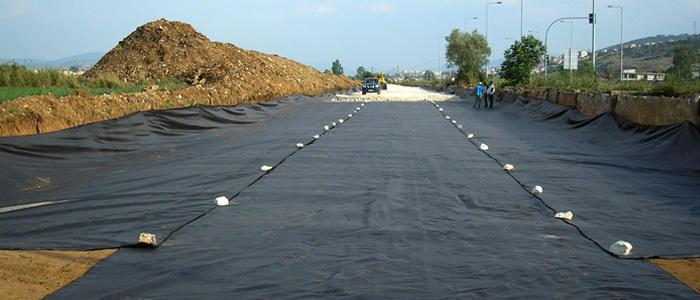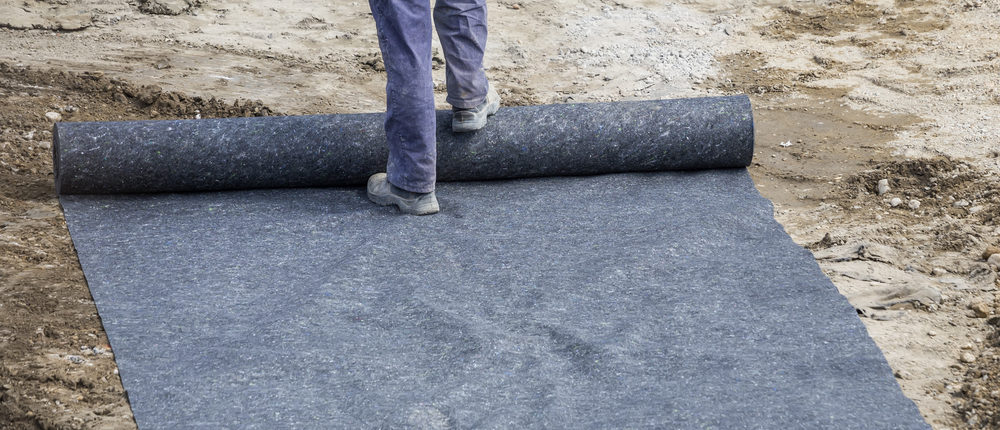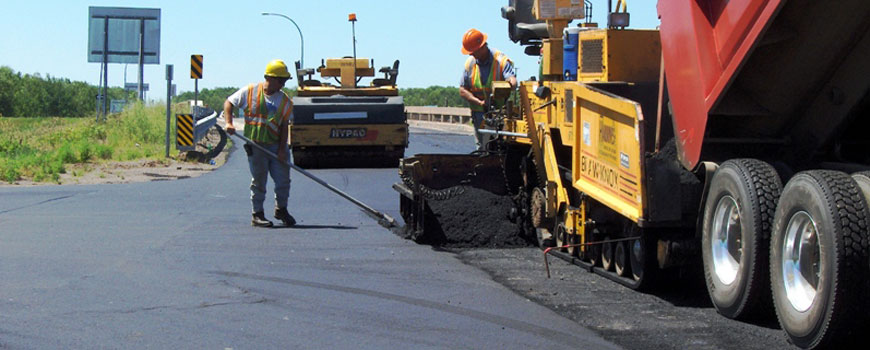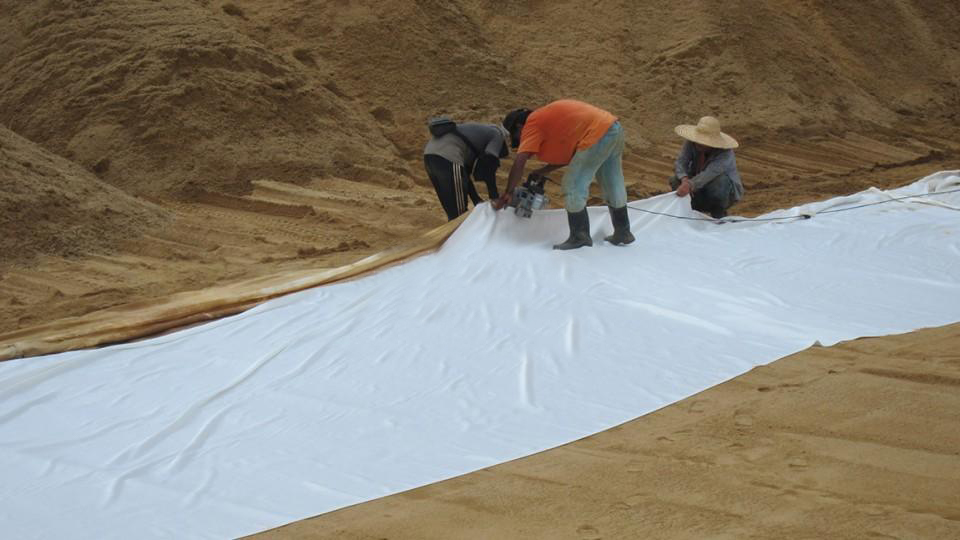Geotextiles
A geotextile is typically defined as any permeable textile material used to increase soil stability, provide erosion control or aid in drainage. Varying polymers and manufacturing processes result in an array of geotextiles suitable for a variety of civil construction applications.

Woven
Woven geotextiles are fabricated to help extend the life of roadways. With qualities such as high tensile strength and low elongation, they successfully reduce rutting while also providing dimensional stability and load distribution. Woven geotextiles’ primary functions include separation/stabilization and soil reinforcement, making them ideal for road construction over soft soils and embankment stabilization applications.
Data Sheets

Non-Woven
Non-woven geotextiles are excellent for infrastructure and transportation applications such as paved/unpaved roads, drains, tunnel linings, and landfills. In order to form a dimensionally stable fiber network, they are manufactured from needle-punched, superior polypropylene staple fibers. This fabrication makes it possible for non-woven geotextiles to tolerate installation and construction forces. Similar to woven geotextiles, separation/stabilization is a primary function along with cushion/protection, filtration/drainage and demarcation.
Data Sheets
Civil |
Environmental |

Monofilament Filtration
In cases where fine grain sands (like beach sands) are present, a woven monofilament is required. Monofilaments prevent the clogging that can occur when fine particles migrate into the matrix of a needle punched non-woven and get stuck. Unlike non-wovens, woven monofilaments have a unique property called percent open area that prevents clogging. Monofilaments also offer higher strengths than non-wovens.
Data Sheets

Paving Fabric
According to AASHTO, the number one cause of roadway deterioration is water saturating the subgrade below the pavement. The FHWA states that up to two-thirds of the water that strikes an asphalt surface passes through to the subgrade. Water softens the subgrade, reducing the structural capacity of the pavement by as much as 60%. In fact, a pavement with a base that is saturated a little as 10% of the time will only have half the lifespan of a pavement with a dry base.
Paving fabrics are non-woven, needle-punched polypropylene fabrics that have a forty year history of improving pavement performance and extending pavement life. Properly installed, paving fabrics are an important part of an overlay system that can:
- Eliminate water intrusion through the asphalt
- Slow reflective cracking
- Increase the flexibility of the pavement system
Data Sheets

High Strength (PET)
These woven polyester geotextiles were developed for the most demanding applications of reinforcement and confinement. High Strength (PET) fabrics are composed of 100% high-tenacity, high molecular weight, multifilament filament polyester (PET) yarns. They deliver the higher ultimate tensile strength properties, resistance to installation damage and exceptional creep resistance and soil interaction that results in higher long-term design strengths (LTDS).
